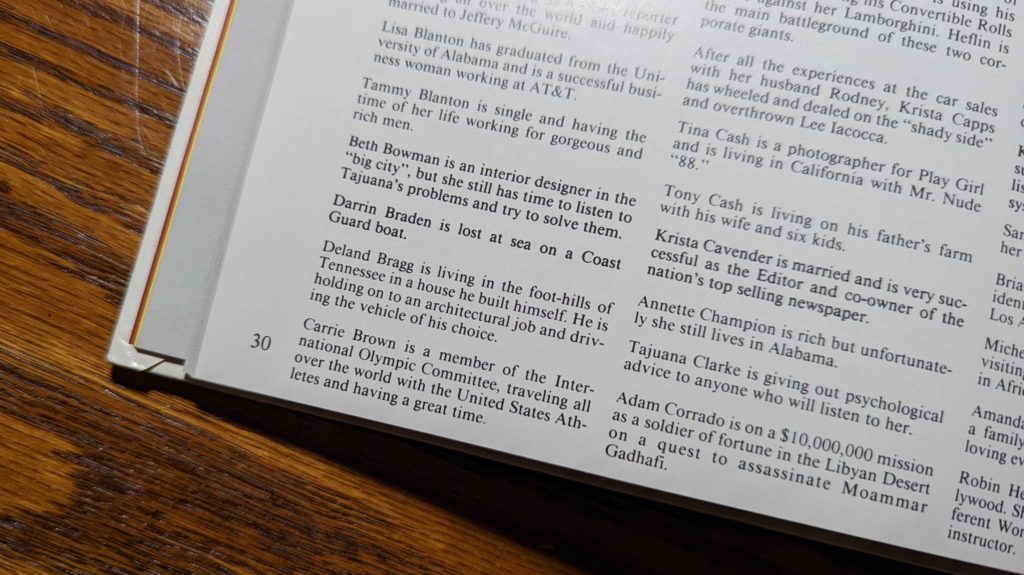You’ve likely heard the phrase “communication happens when you hear what I think I said.” In other words miscommunication happens when what you hear isn’t what was said.
A communicator by trade and training, I’m constantly baffled at how often miscommunication takes place — especially in my own day-to-day conversations.
I’ve determined that in many cases the one speaking either shares too many details and the listener gets lost in all the words or important points are left out and the listener is forced to fill in the holes on the spot.
It also could be that people sometimes have different interpretations of certain words and descriptions according to their personal experiences. And it might be the listener imposes assumptions on the comments being made without first attempting to fully understand.
Whatever the reason the one talking can always improve the presentation of the information. I’ve started doing this myself with what I call inverted pyramid-style sharing.
The traditional style of journalistic news reporting is inverted pyramid — share the main point of the article first and as clear and succinct as possible. From there develop the article with all the supporting details.
By starting a conversation or presentation with the main point those listening aren’t trying to guess what might be coming.
Granted it is not as much fun to share this way. There’s no drama, no build up, no mystery but it does achieve the goal with much less confusion.
It also cuts down on the listener interrupting your story with questions that would actually be answered if they would wait until you finish before asking.
When interruptions happen the story automatically gets derailed because the one talking feels rushed and could leave out essential information.
Sharing the main point first and filling in only the essential specifics afterward also cuts down on the effort it takes for the listener to weed through what information is actually needed and keeps his or her mind from wandering because the story is taking too long.
It’s like what my friend and coworker’s husband says, “I just want to know what time it is. I don’t need to know how the clock was made.”
But even if the one sharing is longwinded we need to work hard to truly listen. It would be better to stop the person and ask if the conversation could happen later than merely nod in agreement while thinking through something else.
Another helpful step for both parties is repeating back what you think you understand and clarifying as needed.
For the one sharing the information a quick summary at the end repeating the main point or points also helps pull the listener back to the essential information needed.
So to summarize this week’s column — communication only happens when the one listening truly grasps what the one sharing is attempting to say.
Talking at people doesn’t guarantee they will hear us.






Share with others: